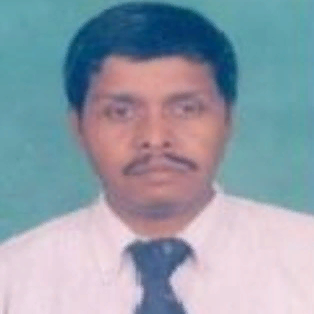[1]http://www.transport-research.info/web/themes/ technology.cfm
[2]Thematic Research Summary: “Intelligent transport systems”, Transport Research Knowledge Centre, European commission, DG Energy and Transport, Prepared by Zuzana !itavancová Martin Hájek, Date 02/04/2009.
[3]http://egov.eletsonline.com/2012/08/sustainable-public-transportation-through-ict/
[4]EU. eSafety, “Final Report of the eSafety Working Group on Road Safety”, November, pp.7-39, 2002
[5]J. K. Hedrick, et al., “Control Issues in Automated Highway Systems”, IEEE Control Systems, Vol.14, No. 6, pp.21-32, 1994
[6]ITS Technical Note For Developing Countries, Toshiyuki Yokota, Sr . Transport Specialist Transport and Urban Development Department.
[7]‘Intelligent Transport Systems and CLAM’ ITU Technology Watch Report 1, October 2007 (http://www.scribd.com/doc/17501030/Intelligent-Transport-Systems-and-CALM)
[8]Hyundong Shin, and JaeHong Lee, “On the Error Probability of Binary and M-ary Signals in Nakagami-m Fading Channels” IEEE TRANSACTIONS ON COMMUNICATIONS, VOL.52, NO.4, APRIL2004.
[9]Li Tang, Zhu Hongbo,”Analysis and Simulation of nakagami fading channel with Matlab,”Asia-Pacific conference on environmental electromagnetic CEEM’2003, China,pp. 490-494.
[10]M. Nakagami, “The m-distribution, a general formula of intensity distribution of rapid fading,” in Statistical Methods in Radio Wave Propagation, W. G. Hoffman, Ed, Oxford, England: Pergamum, 1960.
[11]Himal A. Suraweera and Jean Armstrong, “Performance of V-BLAST MIMO-OFDM Systems with Carrier Frequency Offset” Au sCTW 2005, 2005, pp-73-78
[12]J. Armstrong, P. M. Grant and G. Povey, “Polynomial cancellation coding of OFDM to reduce the intercarrier interference due to Doppler spread,” in Proc. IEEE GLOBECO M 98 , Sydney, Australia, Nov. 1998 , pp. 2771-2776.
[13]Srabani Mohapatra and Susmita Das, “Performance Enhancement of OFDM System with ICI Reduction Technique”, Proceedings of the World Congress on Engineering 2009, Vol 1, WCE 2009, July 1-3, 2009.
[14]Samarendra Nath Sur and Rabindranath Bera, “Doppler Shift Impact On The MIMO OFDM System In Vehicular Channel Condition” IJITCS, VOL.4, NO.8, July, 2012, pp- 57-62.
[15]Sang Goo Kim, Dongweon Yoon, Zhengyuan Xu, and Sang Kyu Park, “Performance Analysis of the MIMO Zero-Forcing Receiver over Continuous Flat Fading Channel”, ICIS, 23-25 June 2010
[16]A. Annamalai, and C. Tellambura, “Error Rates for Nakagami-m Fading Multi-channel Reception of Binary and M-ary Signals”, IEEE TRANSACTIONS ON COMMUNICATIONS, VOL. 49, NO.1, JANUARY 2001.
[17]M.K. Simon and M.-S. Alouini, “Digital Communication Over Fading Channels :A Unified Approach to Performance Analysis”. NewYork: Wiley,2000.
[18]Tahmid Quazi and HongJun Xu1, “Performance analysis of adaptve M-QAM over a fat-fading Nakagami-m channel”, S Afr J Sci. 2011;107(1/2), Art. #122, 7 pages. DOI: 10.4102/sajs.v107i1/2.122.




